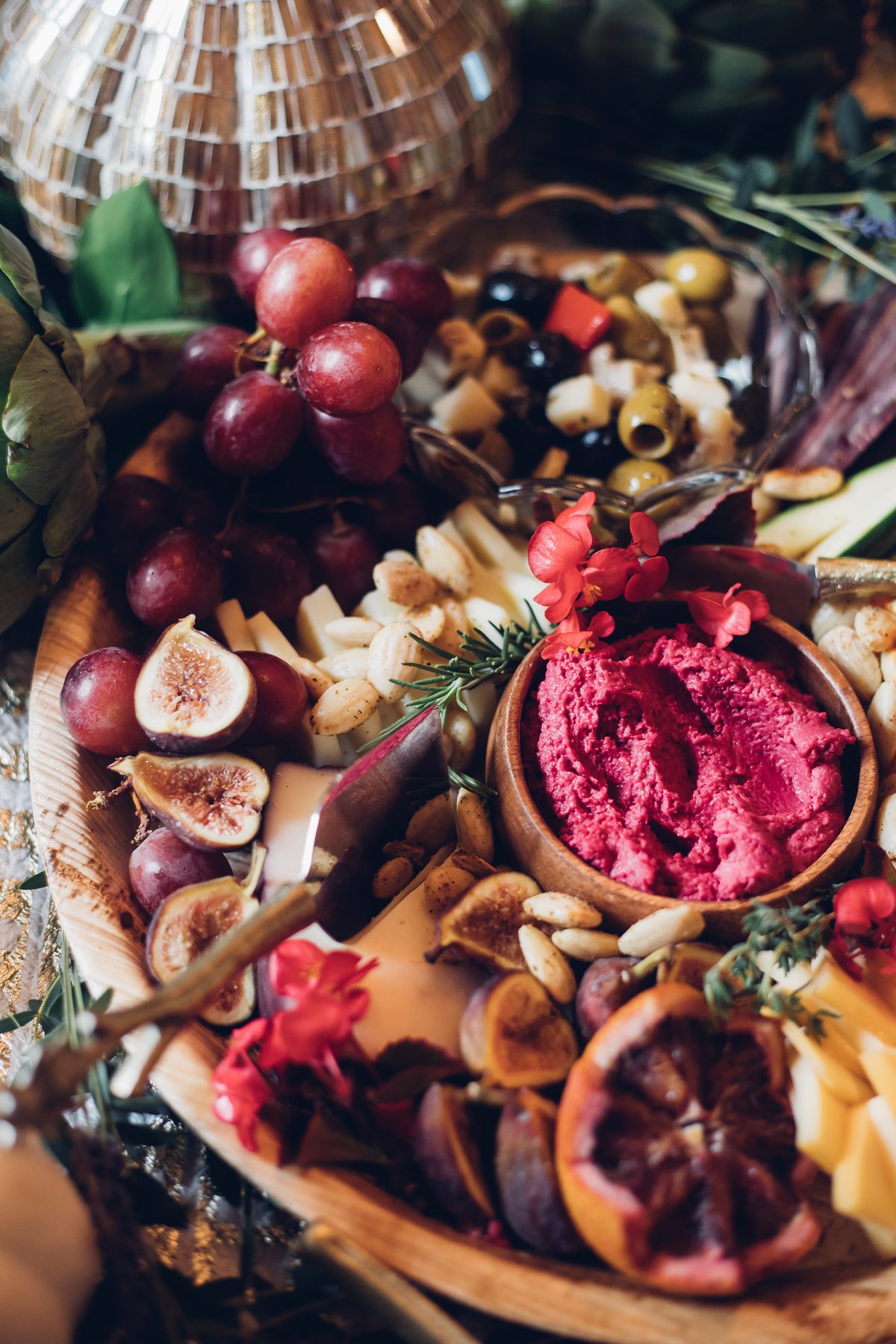Written by Dr. Karen Pendleton
7 ways to avoid toxic makeup ingredients
Wearing makeup is often seen as a rite of passage into womanhood. Whether our first introduction was stage makeup applied for ballet recitals — or lip gloss applied on the school bus away from the prying eyes of our overly protective parents — we adore cosmetics and our bulging makeup bags prove it. According to a survey by Harris Interactive, nearly half of all women start wearing makeup between the ages of 14 to 16. As a medical doctor who wanted to add the services of an esthetician to our patient offerings, I began to research the safety of various cosmetic procedures and products. I was surprised to learn that two things I believed to be true were, in fact, not true at all.
Misconception #1:
Ingredients in Cosmetics Are Approved for Safety
First, I discovered there is no government agency issuing approval for the ingredients used in the products we liberally smear on our faces, lips and eyelids. Here’s a quote from the website of the Food and Drug Administration (fda.gov):
“The law does not require cosmetic products and ingredients, except for color additives, to be approved by FDA before they go on the market. However, cosmetics must not be adulterated or misbranded.”
While manufacturers may test for issues like skin reactions, there is no required testing to determine how long-term exposure to ingredients could impact our health in the future.
Two particular groups of chemicals are currently being studied for their link to breast cancer:
Parabens are chemicals commonly used as preservatives. You’ll find them in makeup, moisturizers, hair care products, and shaving creams. Parabens absorb into the skin and mimic a weak estrogen in the body. These chemicals are endocrine disruptors and have been linked to fertility problems. In addition, hormone-receptor-positive breast cancers could potentially be “turned on” by parabens.
Phthalates, plasticizing chemicals, are found in everything from toys to food packaging, but in the cosmetic world they are used to make fragrances stick to skin, hold color and reduce brittleness in nail polish and hair spray. They’re also found in personal care products such as soaps and shampoos. Phthalates don’t act exactly like estrogen, but they can disrupt the balance of other hormones including testosterone. In the past few years, researchers have linked phthalates to asthma, ADHD, obesity, male fertility issues and more. Compared to other countries, you might expect the United States to do a superior job in protecting its citizens from harmful substances — but you’d be wrong.
The EU Cosmetics Directive was first adopted in 2003 and bans 1,328 chemicals from cosmetics that are known or suspected to cause cancer, genetic mutations, reproductive harm or birth defects. In the U.S., the FDA has banned or restricted only 11 chemicals from cosmetics. In Canada, the Cosmetic Ingredient Hotlist is regularly updated and includes hundreds of chemicals restricted from use in cosmetics such as formaldehyde, triclosan, selenium and nitrosamines. All those ingredients are allowed in U.S. products.
Misconception #2:
Reading Labels Will Allow You to Avoid Toxic Cosmetics
The second belief I had to rethink after researching clean cosmetics was that reading labels would allow me to easily avoid toxic ingredients. As a physician, I’m a pretty savvy consumer. I should be able to tell a safe ingredient from an unsafe one, right? Unfortunately, not always. Unsafe ingredients in cosmetics are often listed by names that aren’t immediately recognizable. Let’s consider just one example: formaldehyde.
Most of us know formaldehyde as the strong-smelling liquid used in biology class to preserve specimens. It’s also found in embalming fluid — as well as some nail polish, shampoo, body wash, eyelash glue and hair treatments. You won’t find formaldehyde on the label, though; it will appear as a different name. Look for quaternium-15, DMDM hydantoin, imidazolidinyl urea, diazolidinyl urea, sodium hydroxymethylglycinate, 2-bromo-2-nitropropane-1,3 diol (Bronopol), glyoxal and oxaldehyde. The Environmental Protection Agency (EPA) recognizes formaldehyde as a carcinogen. It’s been linked to lung cancer, Hodgkin’s lymphoma and myeloid leukemia, reproductive issues, asthma, and more. It’s been banned for use in cosmetics — in Sweden and Japan.
Earlier in my investigation of personal care and beauty products, I always had in my possession my Never Ever List. I’d like to share with you a respectable number of these bad actors.
BHA and BHT: BHA and BHT are synthetic antioxidants used to extend shelf life. They are most likely carcinogens and hormone disruptors. They can be found in lipsticks, moisturizers, diaper creams, and other cosmetics.
Bisphenol A (BPA): This is a hormone disruptor that may alter DNA. It is found in plastic bottles, the lining of aluminum food cans, and eye shadow and hair gel.
Coal Tar Ingredients: This is a byproduct of coal processing. It is a known carcinogen. It is used as a colorant and as an anti-dandruff agent. It is found in hair dye and shampoo.
Hydroquinone: A skin-lightening chemical that inhibits the production of melanin and is linked to cancer, organ toxicity, and skin irritation. Hydroquinone is found in skin-lightening creams.
Mercury: Mercury is a metallic element that is used as a preservative and antiseptic. It is known to damage brain function. It may be used in mascara.
Sodium Lauryl Sulfate and Sodium Laureth Sulfate (SLS and SLES): SLS and SLES are surfactants that can cause skin irritation or trigger allergies. They are found in shampoo, body wash, and bubble bath.
Sulfates: Sulfates have been linked to hormone disruption, neurotoxicity, and cancer. They can cause eye damage, asthma, and skin irritation.
Synthetic fragrance or flavor: An engineered scent or flavoring agent that may contain any combination of 3,000-plus stock chemical ingredients, including hormone disruptors and allergens Fragrance formulas are protected under federal law’s classification of trade secrets, and therefore can remain undisclosed. They are found in all types of cosmetics.
Talc: Talc is similar to asbestos in composition. It has been associated with asthma and other respiratory problems. It has also been linked to ovarian cancer.
Toluene: A volatile petrochemical solvent, toluene, is toxic to the immune system and can cause birth defects. It is found in nail polish.
Triclosan and Triclocarban: These chemicals are antimicrobial pesticides that are toxic to the aquatic environment; and may also impact human reproductive systems. They are found in liquid soap, soap bars, and toothpaste.
But What About Clean Beauty Brands?
If you’ve already replaced your cosmetics with one of the new beauty brands touted as “non-toxic,” you’re probably feeling pretty smart right now. Unfortunately, some of those brands aren’t as safe as they want you to believe. Makeup artist and educator Kristen Arnett (kristenarnett.com) published a list of beauty companies that she deems guilty of greenwashing, or claiming to be healthy and cruelty-free when in reality, they are not. Many popular (and expensive!) brands appear on her list. One additional caution: Your friends, while well-meaning, may not be great resources for clean beauty products. Please do your homework before purchasing products sold via multi-level or network marketing.
Share If You Care
Please consider sharing the information in this article with a friend. In 2019, the top two bestselling foundations in the U.S. were made by CoverGirl and Maybelline. The first is currently ranked as a “7” by EWG on a scale of 1-10 (1 being the best). The second has a ranking of “5.” Clearly, our friends and sisters could benefit from the knowledge you now possess. Let’s give our cosmetic dollars to companies who are devoted to using safe ingredients and supporting good health!
7 ways to avoid toxic beauty ingredients
Now that you’re aware of the problem with toxic beauty ingredients, what can you do to limit your exposure or avoid them altogether? Here are my suggestions:
- Use less beauty products. Your budget and bloodstream will thank you.
- Don’t wear makeup every day. Cleaning the house on a Saturday? Let your skin breathe.
- Be wary of marketing hype. Don’t fall for words like natural (meaningless) or dermatologist tested (not the same as dermatologist endorsed).
- Quickly research a brand. Search online for its name followed by the word safe (for example, Arbonne safe). The results might surprise you.
- Replace items. As you use up each item in your makeup bag, replace it with a safer choice.
- Take your time and do research. Take the time to read labels and research the ingredients in your favorite products.
- Visit the Environmental Working Group’s (EWG) website (ewg.org). Search here for safe cosmetic products or check the rating of your current brand.
Disclaimer: The information presented here is for educational purposes only. It is not intended or implied to be a substitute for the diagnosis, treatment or advice of a qualified, licensed medical professional. You are encouraged to confirm any information obtained from or through this article with other sources and review all information regarding any medical condition or treatment with your physician.








